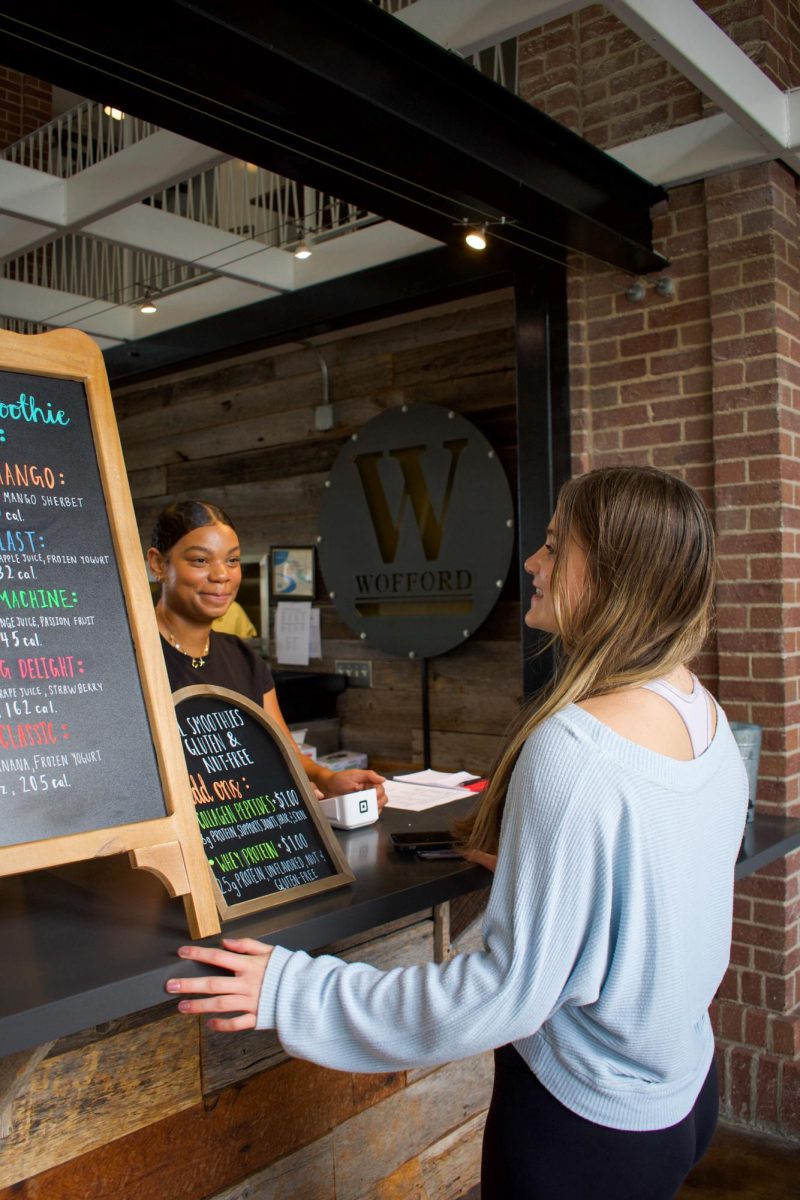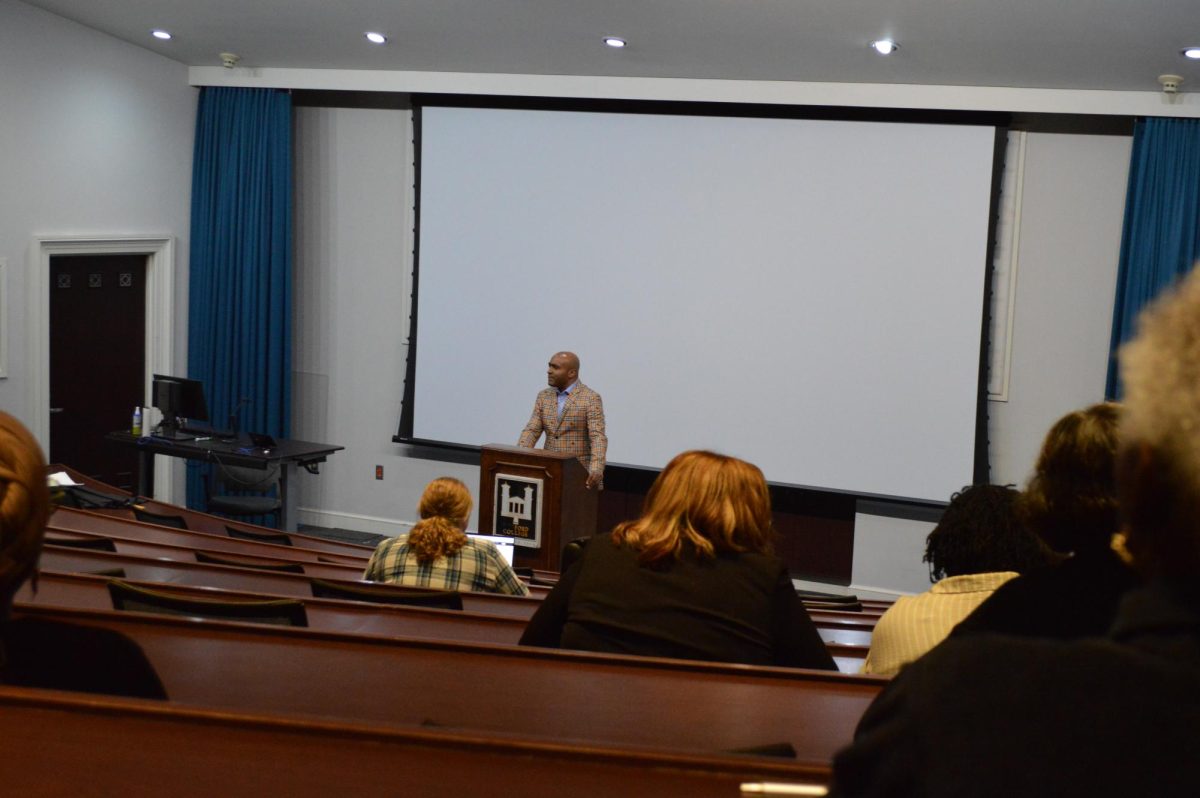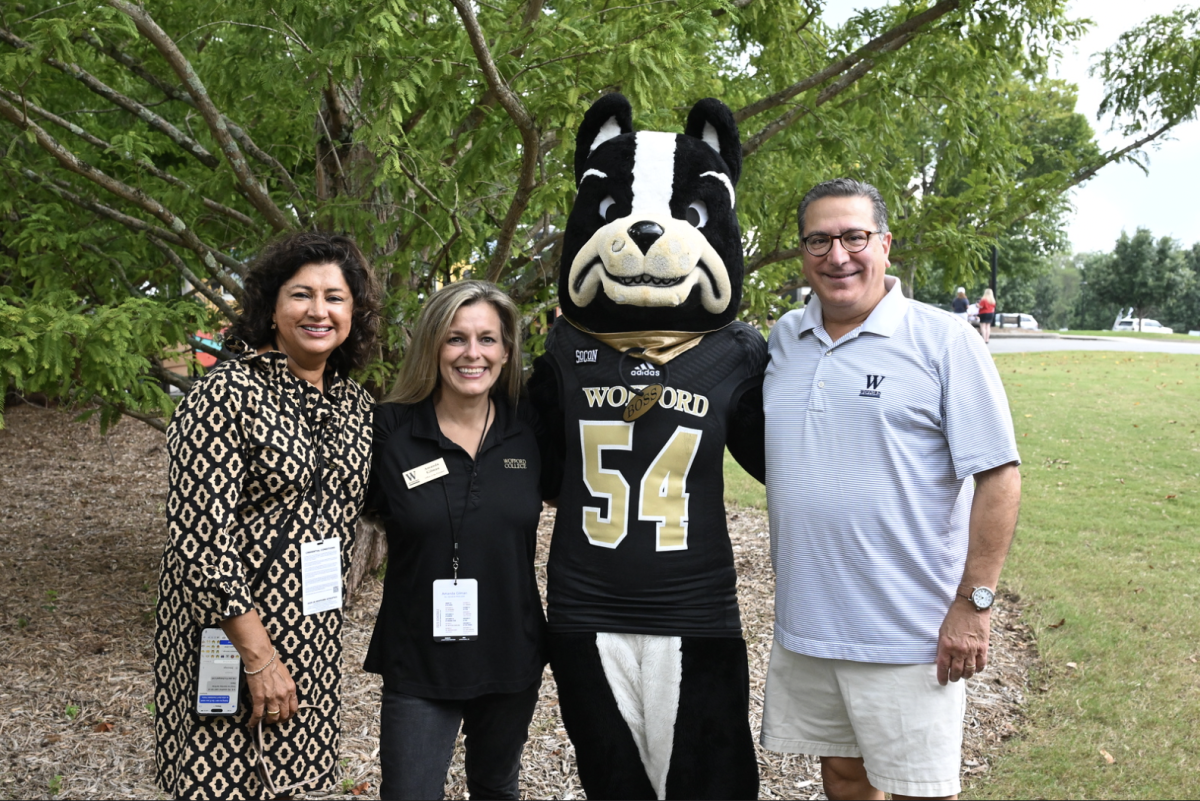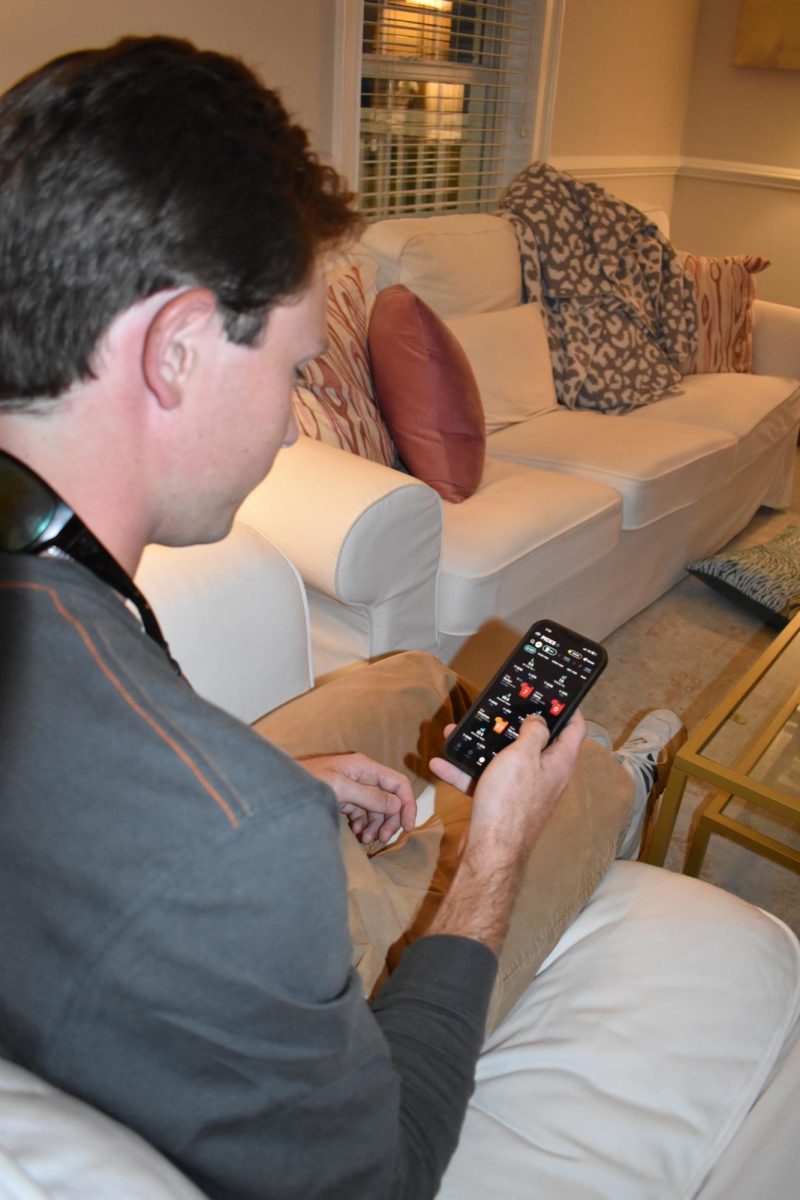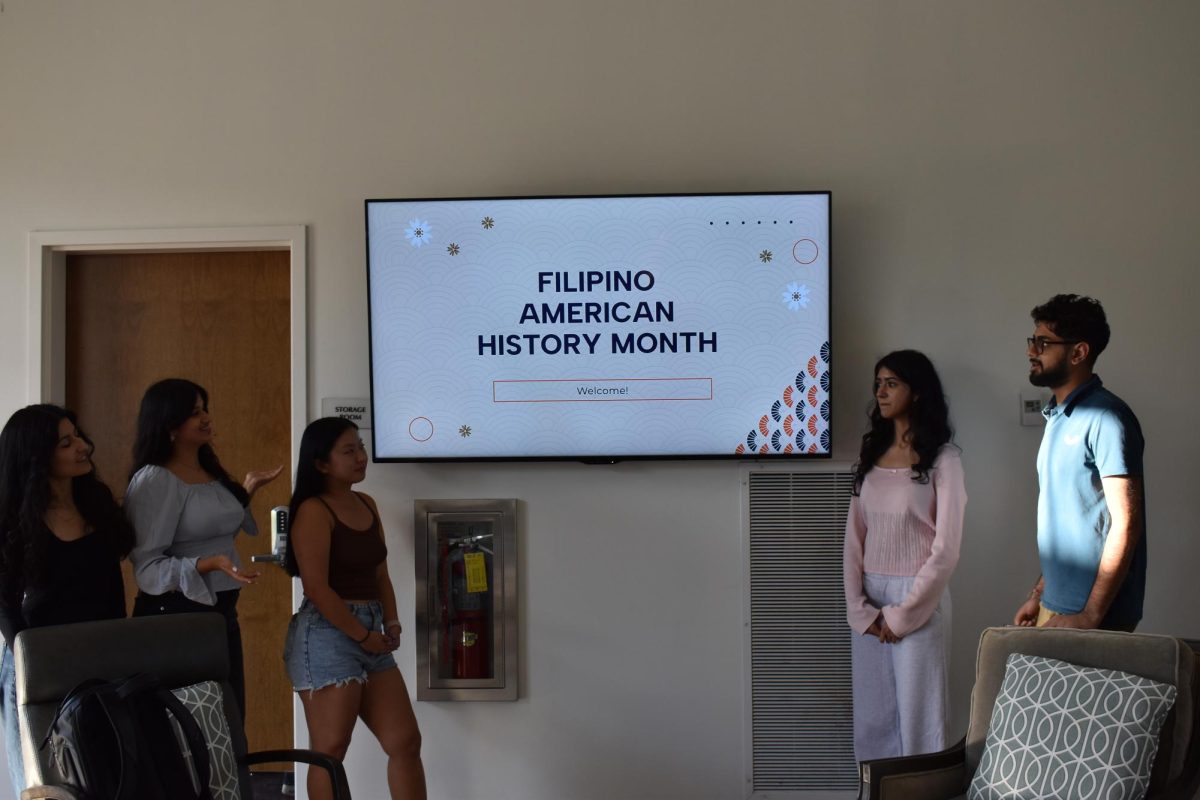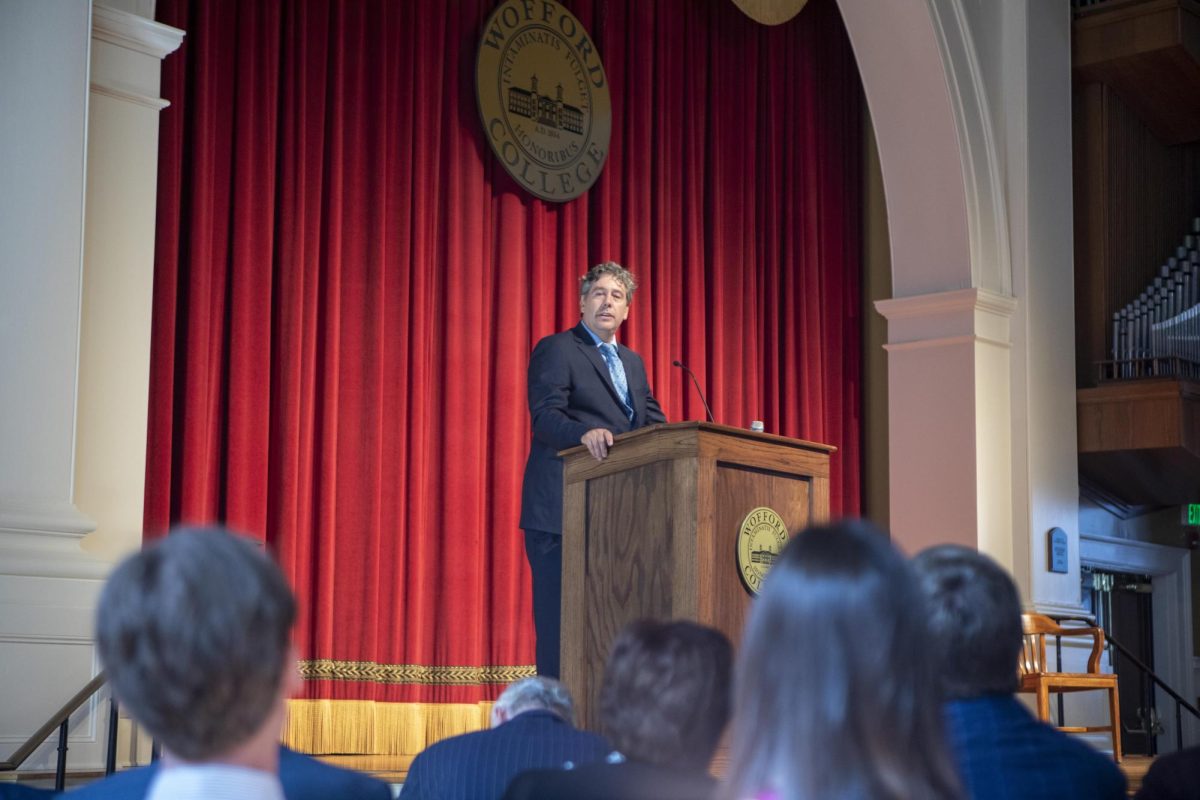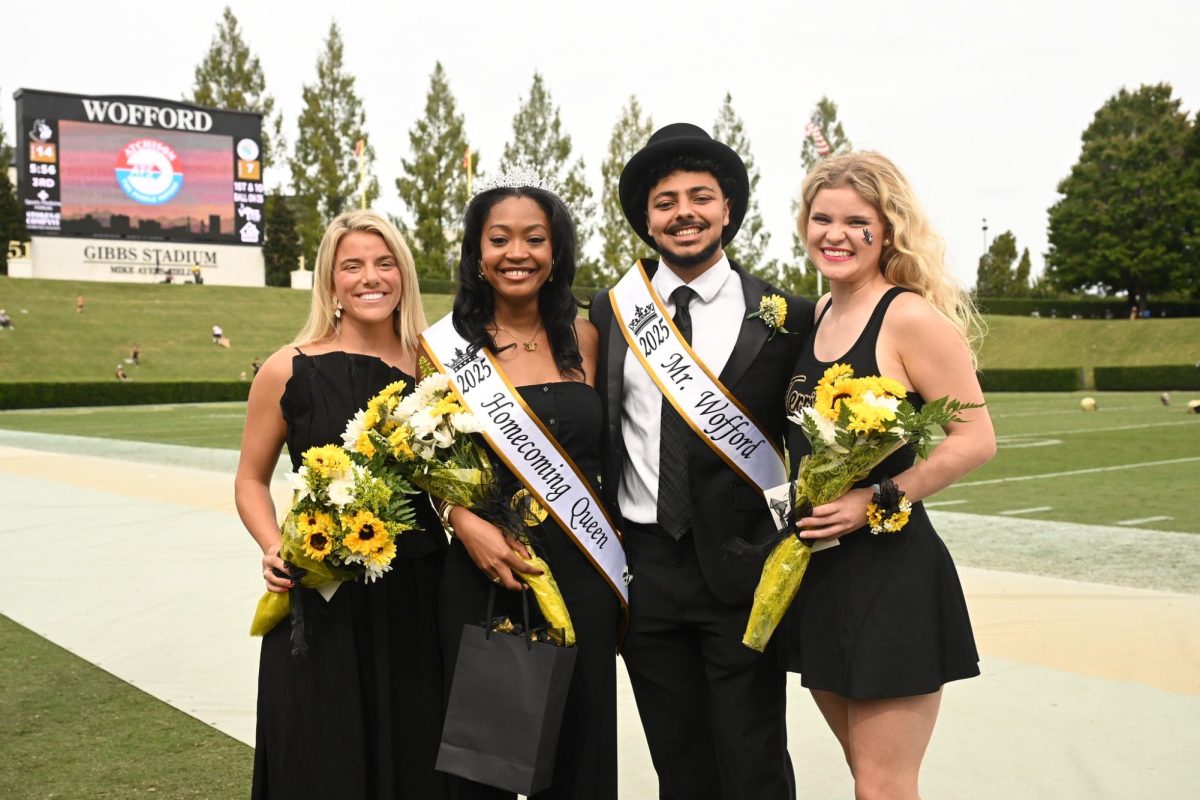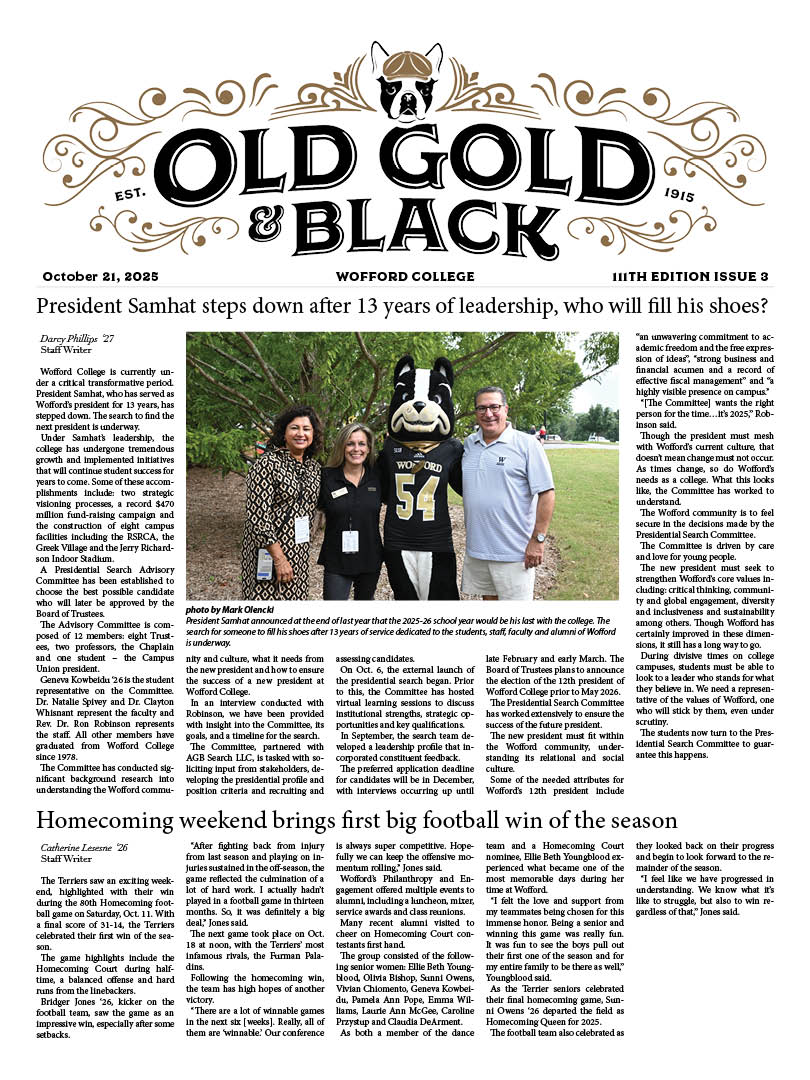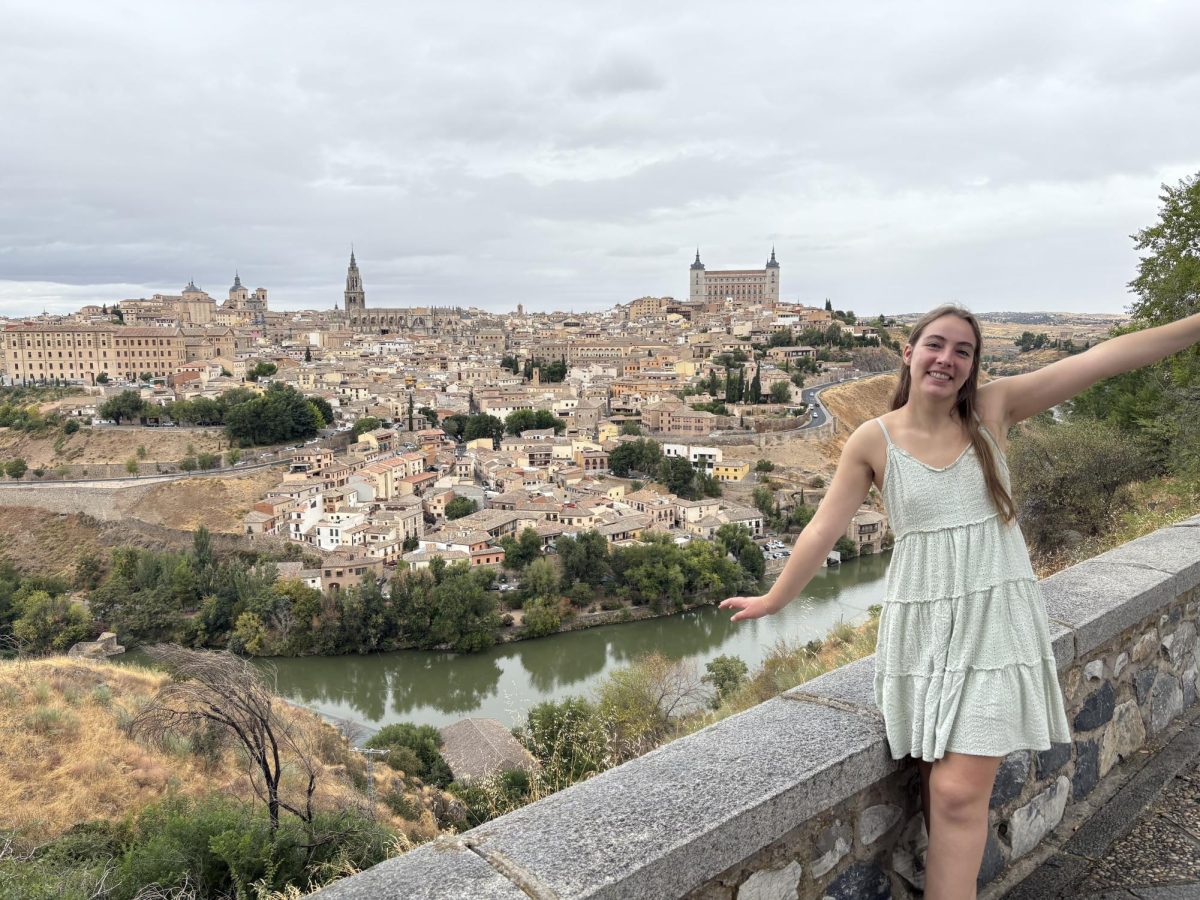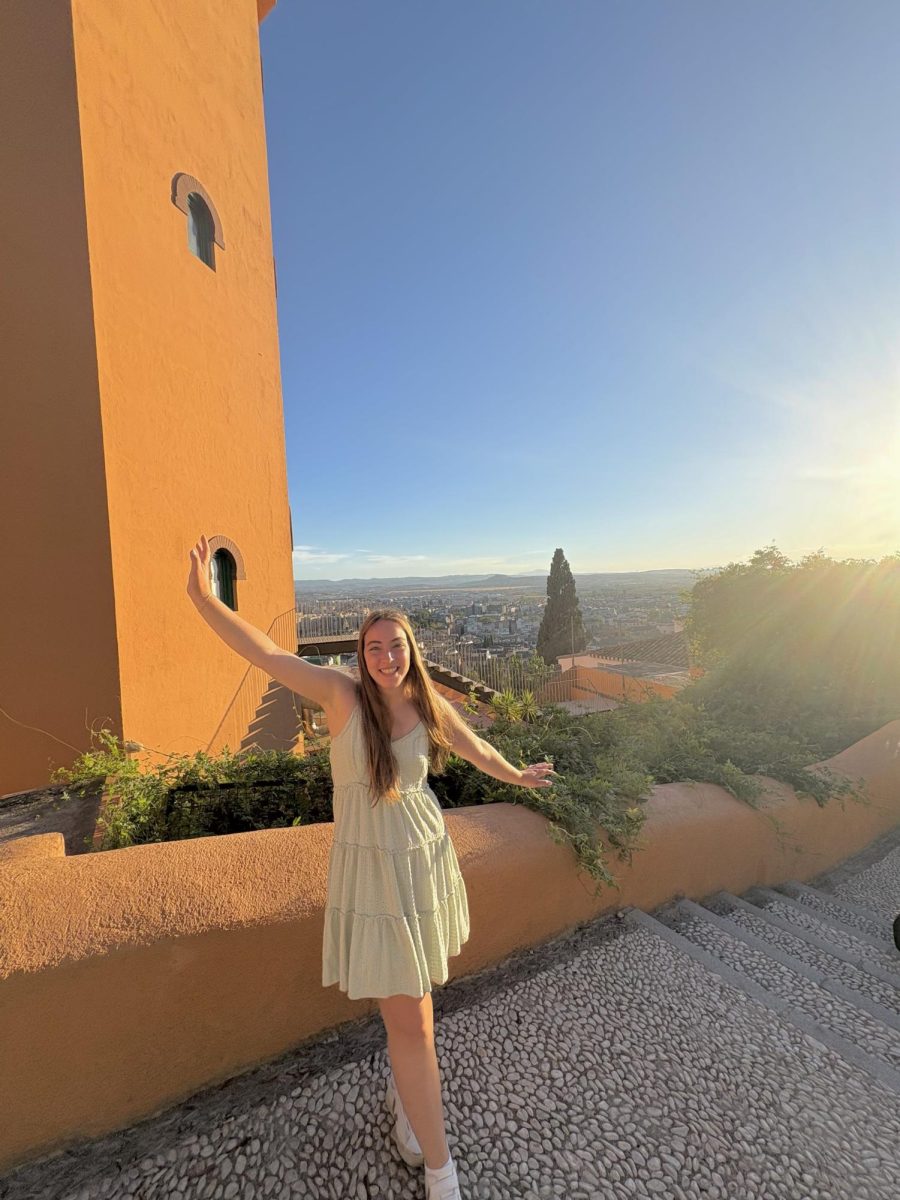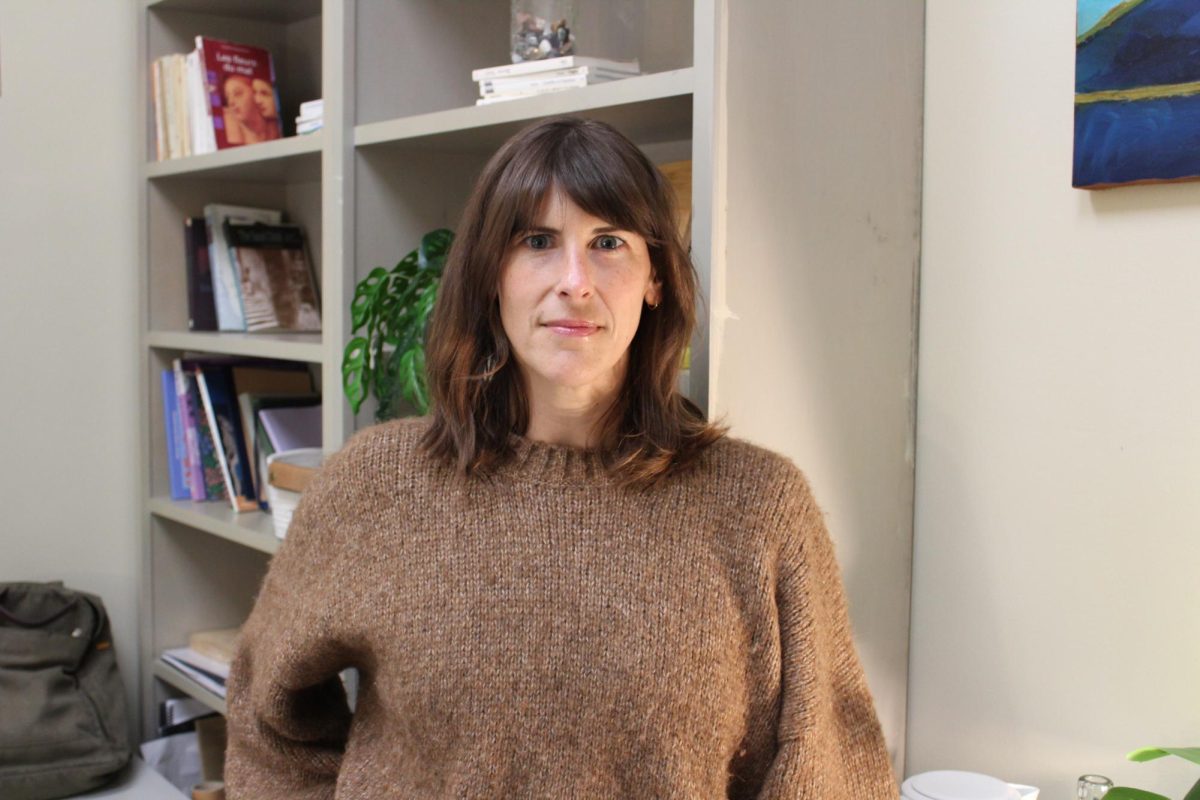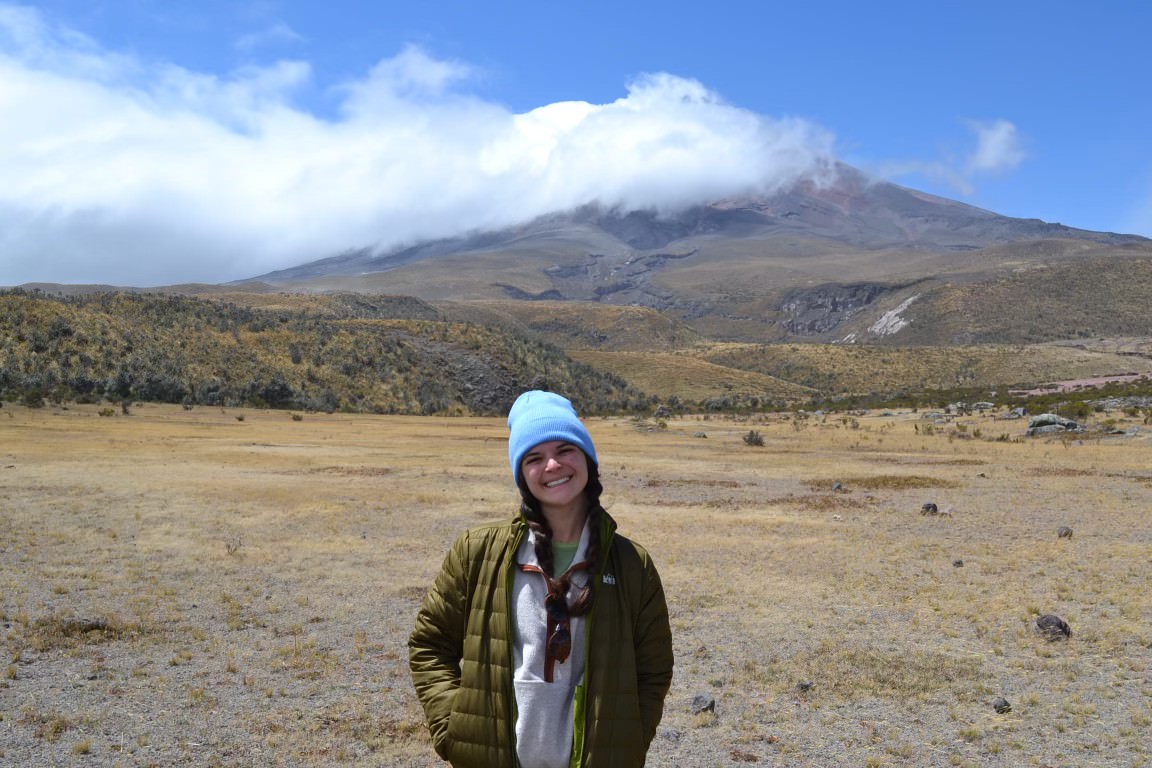A different kind of Spanish
As a senior Spanish major, I have been waiting all three of the years that I have been at Wofford for the opportunity to go abroad and really develop my Spanish fluency. However, actually being in Andalusia, Spain, it can sometimes feel like people are speaking a whole new language.
Wofford student Hannah Fay ’22, who has lived in Sevilla, the capital city of Andalusia, Spain, since May agreed.
“Being exposed to new vocabulary, shortened words and the vosotros tense can feel overwhelming, but with time and practice, todo va a estar bien,” Fay said.
According to Maria Matin, a Spanish linguist and writer, characteristics of Andalusian Spanish include, “a faster and more varied rhythm in terms of the tone used and certain ways of articulating sounds that have a different distribution.”
In other words, the spoken Spanish is very fast with words seeming to run together and many times, certain syllables of words are dropped altogether.
“Sometimes my host mom will say something to me in Spanish, in the Andulusian accent, and I will have to ask her to repeat it because I can’t fully understand it,” said Wofford student Baxter Barrett ‘23. “When she speaks slowly and emphasizes every syllable, I can understand her.”
Conversing with host families is a similarly daunting process among many students studying abroad.
“It was very intimidating to talk to my host family at first because my ears had to adjust to a new way of speaking Spanish,” said Wofford student William Crouch ’23. “I remember asking for juice the first time I had breakfast and using the word ‘jugo,’ and she couldn’t understand me because here they use the word ‘zumo.’”
According to Ute Limacher-Riebold, a linguist specialized in bilingualism, immersion can help with language learning because the best way to learn a new language is to listen, copy, read and talk.
Lichacher-Riebold said that listening is the first important step because “the more you expose yourself to the new language, the sooner you will become familiar with its sounds and structures.”
“After the first three weeks, I could finally start to differentiate different words and pick up on sentence structures when listening to others talking,” said Sydney Moseler ’22, a senior from Indiana University.
The next step that Limacher-Riebold advises is to copy the sounds of the new language.
“I try to repeat different Andalusian ‘slang phrases’ that I hear, like tiquis miquis means a picky eater and que quay means that’s cool,” said Steven Holderness ’23.
Reading is also crucial to learning a new vocabulary and grammar structures of a new language.
“My walk to class is around 20 minutes, so I try to read different restaurant signs and specials on my way so that I can learn more about the language and especially the different kinds of food so that I can try them in the future,” said Jordan Davis ’22 from Indiana University.
Lasty, Limacher- Reibold encourages people to talk and “be prepared to make mistakes, and welcome when someone corrects you.”
“Confidence is key when speaking,” Fay said. “Most of the time people will be able to understand you, and if someone corrects you, don’t be embarrassed, just remember that they are just helping you out in the long run.”

